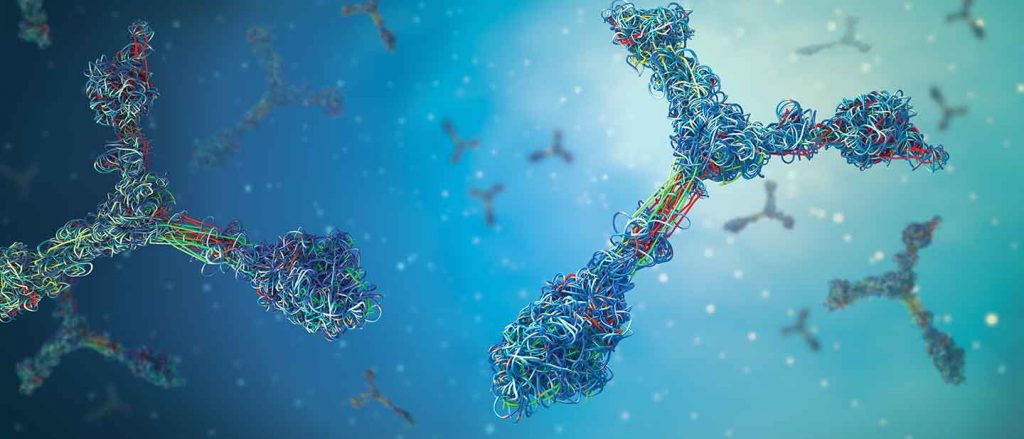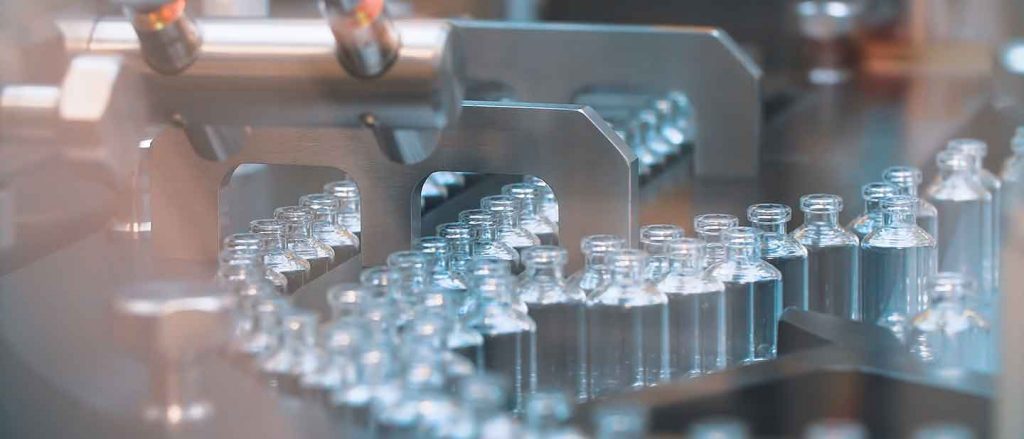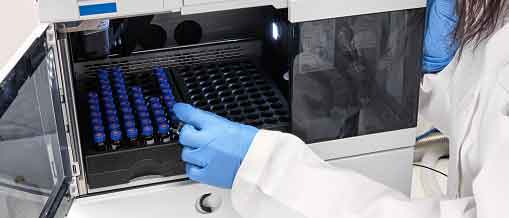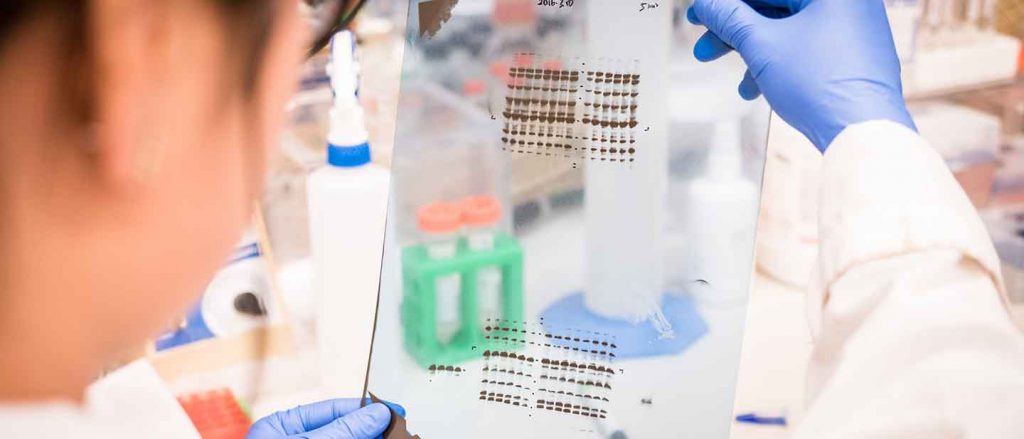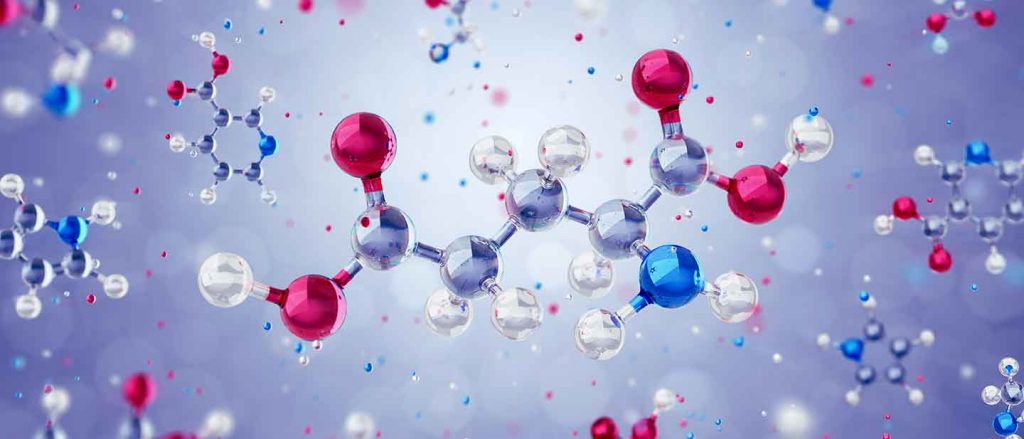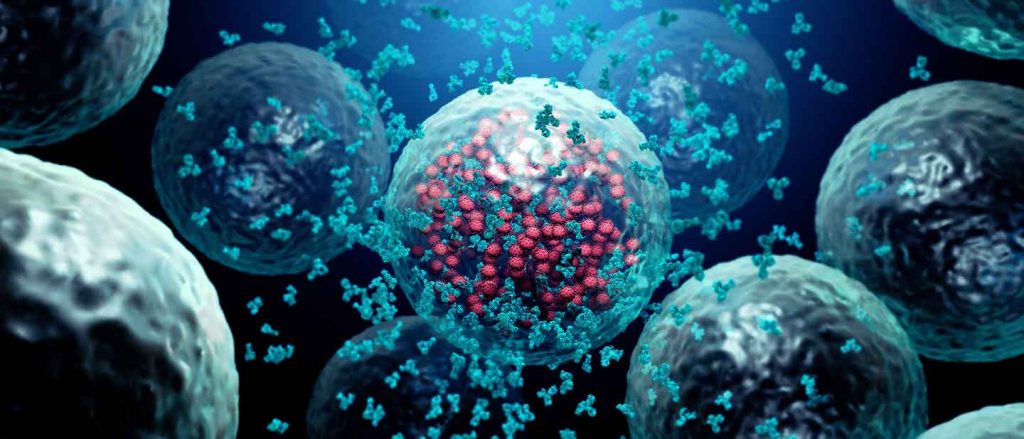
Education hub
Stay abreast of your knowledge of biosimilars used for
the treatment of cancer
Real world evidence: Abstract library
Summaries of the latest published papers, data and real-world evidence

Core handbook
Includes chapters on stability, immunogenicity, pharmacovigilance and biosimilars in clinical practice
Expert webinars
Watch experts discuss using biosimilars with real-world cases
Real world evidence: Case studies
A series of regional case studies reflecting on the adoption of biosimilars within different healthcare systems

Resource libraries
A selection of evidence-based and peer-reviewed literature with summaries of key guidance of biosimilar use
Learning chapters
Enhance your learnings on the use of biosimilars and test your knowledge with our mini-quizzes
Learning objectives
After participating in these educational activities, learners will be able to describe:
- The latest published evidence and supporting data in terms of biosimilar Implementation, Switching and Health economics
- The biosimilars adoption landscape for Europe, Canada, Australia, the US, the UK and globally
- Patient considerations and communication when implementing a biosimilar switching programme
- The general background to biosimilar medications from manufacturing to immunogenicity
- Considerations relating to product stability and degradation
- Local regulatory agency guidance In relation to approval and use of biosimilar medications






